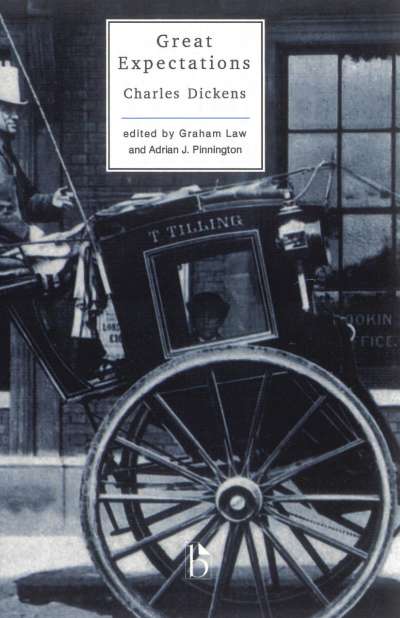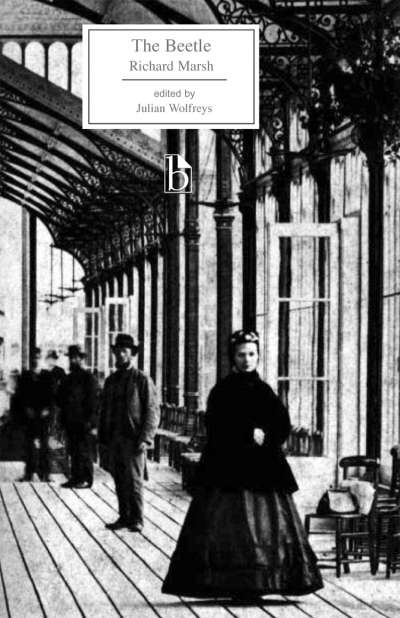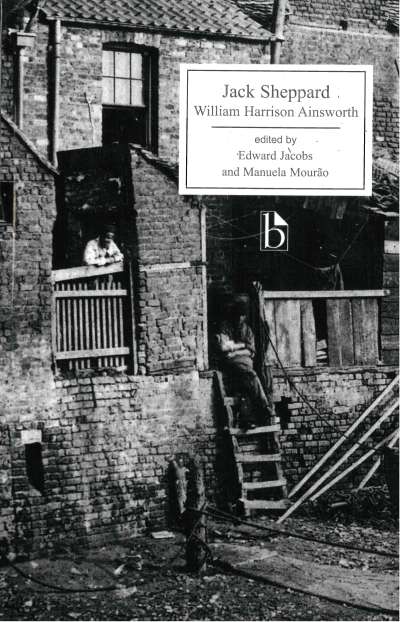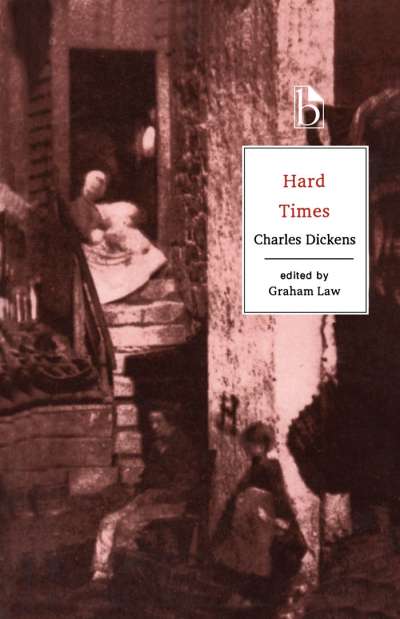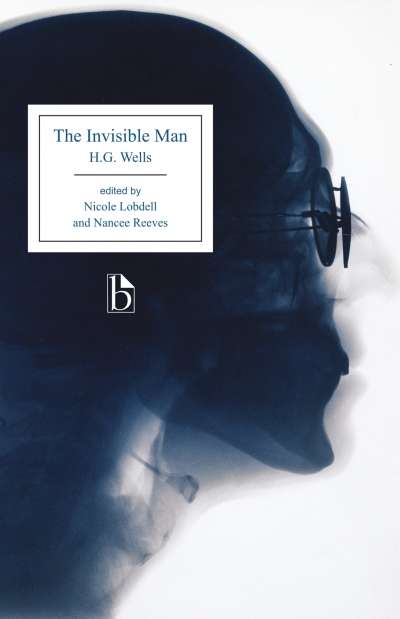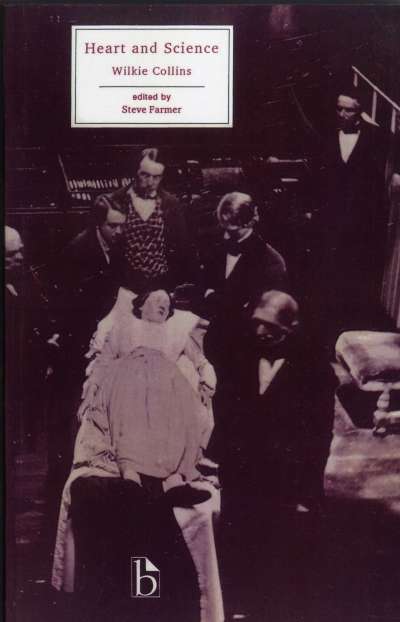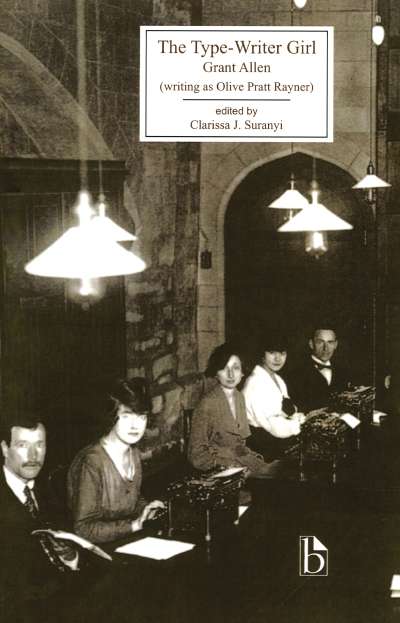The Return of the Native was a radical departure for Thomas Hardy, ushering in his tragic literary vision of the world. Though set in a small space (Egdon Heath in the fictional county of Wessex) and short time (the main action spans a year and a day), the novel addresses the broad social and intellectual upheavals of the Victorian age. Much of this turmoil is embodied in the character of Eustacia Vye, the novel’s wilful female protagonist. A complex, independent young woman, Eustacia is a sympathetic but ultimately tragic figure, the epitome of what the narrator calls the “irrepressible New.”
The appendices to this Broadview edition place the novel in the context of Hardy’s career and the scientific and social ideas of the time. Documents include contemporary reviews, related writings by Hardy, and materials on biology, geology, and the “Woman Question.” Illustrations from the original serialization in Belgravia magazine and Hardy’s performance text of the mummers’ play are also included.
Comments
“Simon Avery’s edition of The Return of the Native, Hardy’s first great classic, provides a beautifully balanced, meticulously researched resource. Avery’s editorial approach is, in every respect, new and fresh—even in his interpretation of the novel’s denouement. Offering a wide range of critical perspectives, the compelling Introduction features a rich collection of viewpoints and critiques in a manner so informative, compact, and stylish that exploration becomes the modus operandi within and beyond the plot. In turn, the appendices at the end of the book complement the contextualising of the Introduction and footnotes. A selection of Hardy’s other writings in prose and poetry adds textual weight and structural balance overall.” — Rosemarie Morgan, University of St. Andrews
“Simon Avery has edited Hardy’s The Return of the Native with great skill: his footnotes are detailed and extensive without becoming intrusive; his bibliography of further reading selects judiciously from old and new materials; and he gives a generous range of contemporary materials to help contextualise the book. Alongside the unmistakable nineteenth-century concerns present in Hardy’s novel, Avery alerts us to less well-known ones, illuminating in particular Hardy’s depiction of Eustacia Vye, who can be seen from this edition as a precursor to Sue Bridehead, the proto-feminist of Jude the Obscure. Distinctively too, Avery includes a selection of Hardy’s poetry, helpfully breaking down the barrier between Hardy the novelist and Hardy the poet. In all respects, the volume continues the excellent standard of Broadview Hardy editions.” — Ralph Pite, Bristol University



